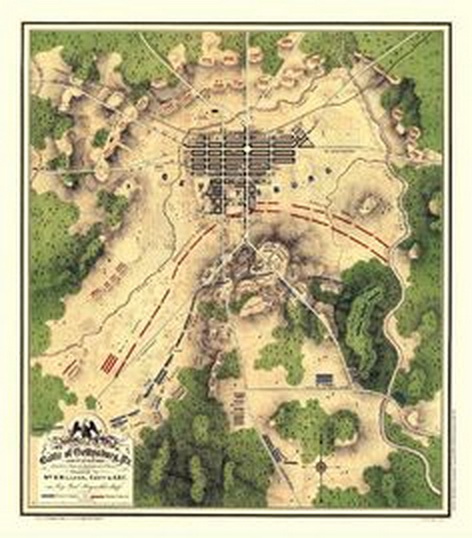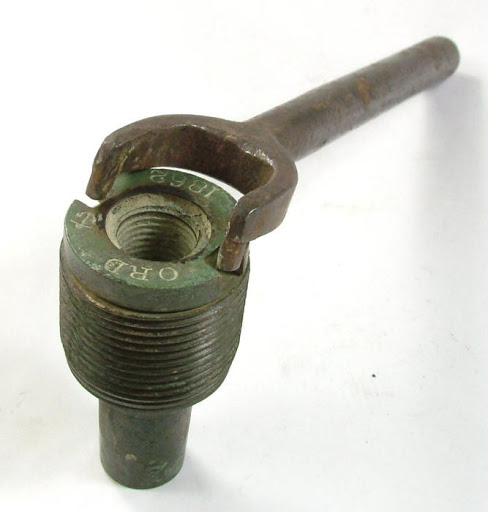Tactics, Terrain, Technology & Timing
These 4 T’s perfectly summarize the Battle of Gettysburg.
TACTICS:
On all three days of the battle, the commanders used tried & true tactics of war. BG Buford executed an almost perfect ambush on 1 July.
While Meade waited for Lee to act, Lee ordered first a flanking attack (Day 2) and then a direct frontal assault (Day 3).
TERRAIN:
The Union Army’s greatest asset was the series of contiguous hills they occupied by the evening of Day 1. In the form of an inverted-J, it measured barely 3 miles end to end. The interior space was both protected and large enough for the vast number of wagons and men who supported the 70,000 or so fighting men.

The Army of Northern Virginia, on the other hand, was spread out over at least twice the distance of the Union forces and were separated from each other by the town itself and the long ridge behind the Seminary. The long march behind Seminary Ridge is what delayed LTG Longstreet’s Day 2 attack until about 4PM.
https://www.facebook.com/photo?fbid=10225504387373547
TECHNOLOGY:
The short, light breech-loading carbines carried by Buford’s cavalrymen nearly carried the day in the opening hours of the battle. MG Heth proceeded cautiously because – based on the volume of fire he was receiving — he thought that he was facing a much bigger force than Buford’s 3300 men.
https://en.wikipedia.org/wiki/Spencer_repeating_rifle
On the converse, the faulty artillery fuses that Lee had (unknowingly) carried north were a major contributing factor to the abject failure of Pickett’s Charge.

Technical specifications for such fuses can be found at:
http://www.relicman.com/artillery/Artillery8000-Fuze.html
TIMING:
Over the course of those three days, there were multiple incidents where the timing of the arrival of a unit had a major impact on the battle. The first of these was perhaps the arrival of LTG Reynolds’ First Union Corps just as Buford’s Cavalry were running low on ammunition and energy.
Next was the arrival of MG Early’s division from the east, just as the Eleventh Union Corps was getting into position. Early was able to rout them because they had not yet had time to truly establish themselves on the battle field.
Perhaps the most famous just-in-time arrival was the 20th Maine at the south end of Little Round Top. This was actually just one part of the timely arrival of COL Strong Vincent’s Brigade along LTR.
At various times and places over the three days, Union re-enforcements arrived just as other units were faltering and the Rebels were gaining an upper hand.
The late morning arrival of McLaws’ last brigade delayed Longstreet’s Day 2 flanking attack and provided time for LTG Sykes’ Fifth Union Corps which included Strong Vincent’s brigade as mentioned above to converge on Gettysburg. Had they arrived just a short time earlier (or later) the course of the entire battle and the fate of the nation could have been VERY different!
A fifth T?
I’d even consider adding Tenacity as the fifth T that contributed to the battle. But It would primarily pertain to the stand made by the 1500 of so men of BG Greene’s Brigade as they stretched their line to fill the breastworks of nearly the entire division and withstood repeated attacks up Culp’s Hill on the evening of 2 July.
There may have been other such heroic ‘stands’ — of course the 20th Maine on the opposite end of the battlefield is the supreme example — but this T was not quite as pervasive as the above mentioned 4.
